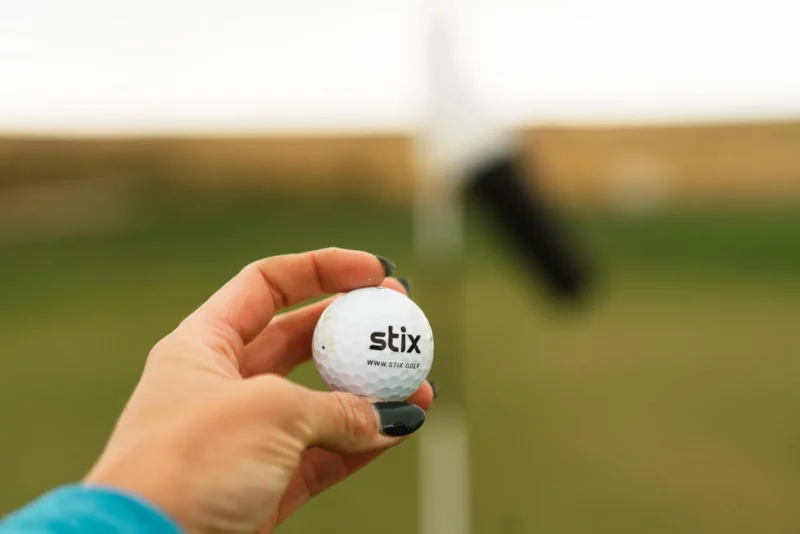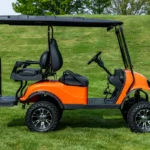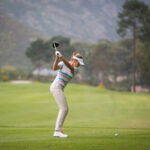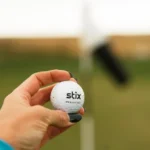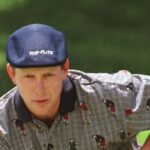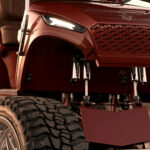Golf is a game of precision, skill, and strategy, where every detail can impact performance. One of the most critical pieces of equipment in a golfer’s arsenal is the golf ball. As players seek to optimize their game, many wonder about the implications of using used golf balls.
Specifically, do used golf balls lose distance? This article will explore this question in depth and provide factual insights to help golfers make informed decisions.
Key Takeaways
- High-quality used golf balls may exhibit minimal loss in distance compared to new ones.
- Environmental factors such as temperature and humidity play significant roles in ball performance.
- Regular inspection and testing can help golfers determine the suitability of used balls for their game.
Factors Influencing Distance Loss in Used Golf Balls
To determine whether used golf balls lose distance, we must consider several influential factors:
1. Impact of Wear and Tear
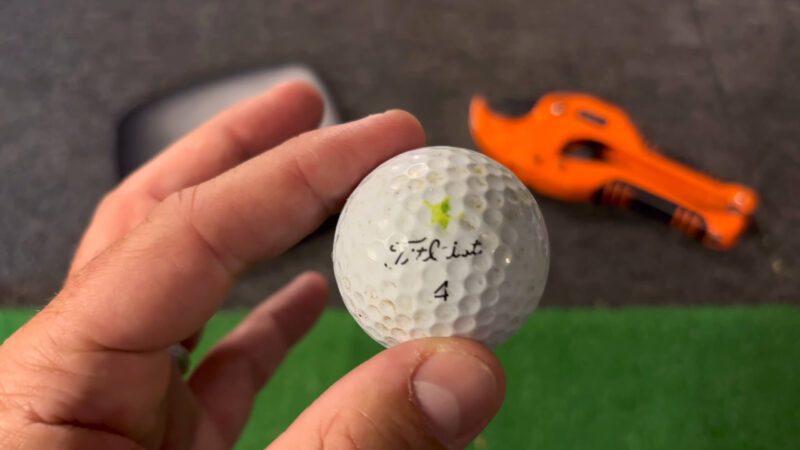
As golf balls are used, they inevitably sustain damage from impacts with clubs and the ground. This wear can manifest as:
- Surface Scratches: These can disrupt airflow around the ball, increasing drag and reducing distance. A scratched surface may also affect how the ball interacts with the clubface during impact.
- Dents and Deformations: Any significant damage can alter the ball’s aerodynamics and overall integrity. Dents can create uneven surfaces that lead to unpredictable flight paths.
- Core Compression Changes: Repeated impacts can compress the core material, affecting how it rebounds during impact with the clubface. A compressed core may not provide the same energy transfer as a new ball.
2. Environmental Factors
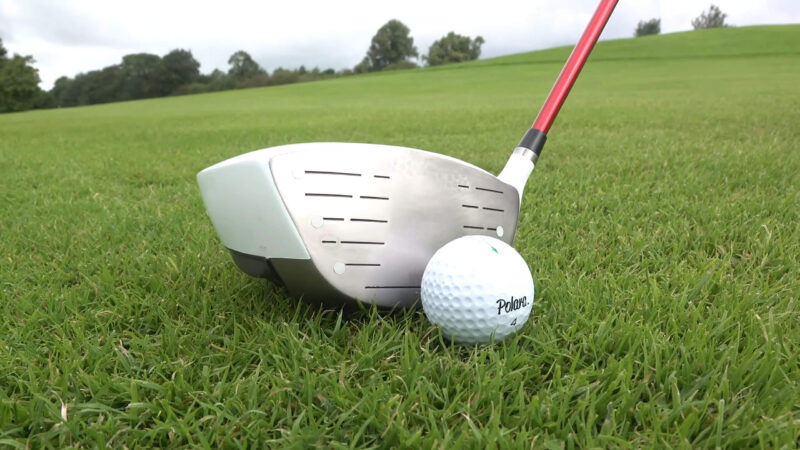
The conditions in which a golf ball is played can also affect its performance:
- Temperature Variations: As previously mentioned, temperature plays a crucial role in ball performance. Warmer temperatures generally allow balls to travel farther due to increased elasticity, while colder temperatures can cause balls to harden and lose distance.
- Humidity Levels: Contrary to popular belief, high humidity can actually help a ball travel slightly farther due to lower air density. However, this effect is minimal compared to other factors like temperature or wind.
- Wind Conditions: Wind can significantly impact distance. A headwind will reduce distance, while a tailwind may enhance it. Golfers must adjust their strategies accordingly based on wind direction.
3. Storage Conditions
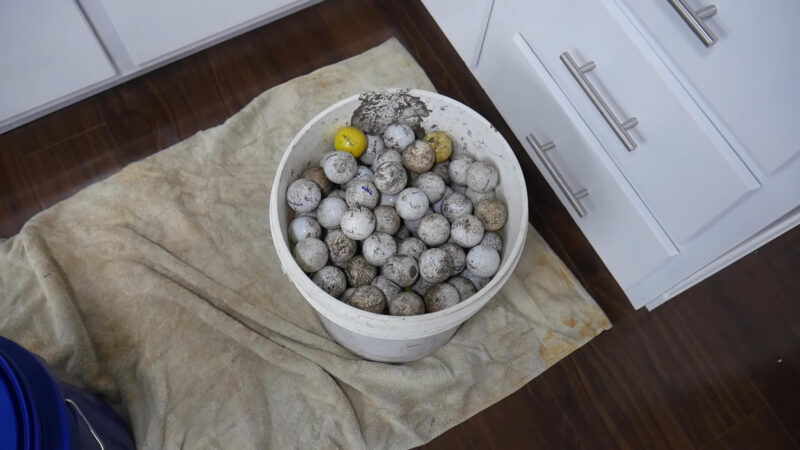
How golfers store their used balls can greatly influence their longevity and performance:
- Extreme Temperatures: Storing balls in hot or cold environments can degrade materials faster than normal conditions would allow. For instance, leaving golf balls in a hot car can cause the materials to break down more quickly.
- Moisture Exposure: Keeping golf balls in damp environments can lead to deterioration of the cover material and affect performance. Moisture can seep into small cracks or imperfections in the ball’s surface.
4. Age of the Ball
The age of a golf ball also plays a role in its performance:
- Shelf Life: Even if not used frequently, older golf balls may lose some of their original properties due to aging materials. The rubber core can harden over time, affecting elasticity and energy transfer during play.
- Manufacturing Advances: Newer models often incorporate advanced technologies that improve performance metrics such as distance and spin control compared to older models that may have been manufactured with less sophisticated techniques.
Additional Insights
While there may be some loss in performance due to wear and tear, it is often minimal when considering high-quality used golf balls.
Minimal Distance Loss for High-Quality Balls
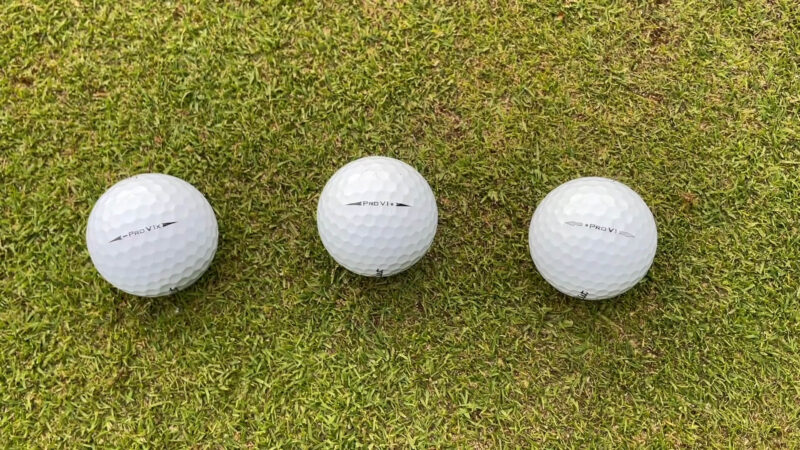
- A comparison between new Titleist Pro V1 balls and those that had been used for several rounds revealed only minor differences in distance and spin rates.
- Many players report that they cannot discern a significant loss in distance when using well-maintained used balls compared to new ones.
Environmental Impact on Performance
The conditions under which a ball is played can also affect its longevity and performance:
Temperature Effects on Performance
- Warm temperatures enhance elasticity.
- Cold weather causes hardening.
Humidity Levels
- High humidity may slightly aid distance.
- Low humidity could lead to decreased travel due to increased air density.
Wind Conditions
- Headwinds reduce distance; tailwinds enhance it.
- Crosswinds can affect direction but not necessarily distance directly.
Lifespan of Golf Balls
The average lifespan of a golf ball is about seven rounds before noticeable performance degradation occurs.
- Players who rotate their inventory of balls often find that even those with visible wear still perform adequately for casual play.
Player Experience Matters
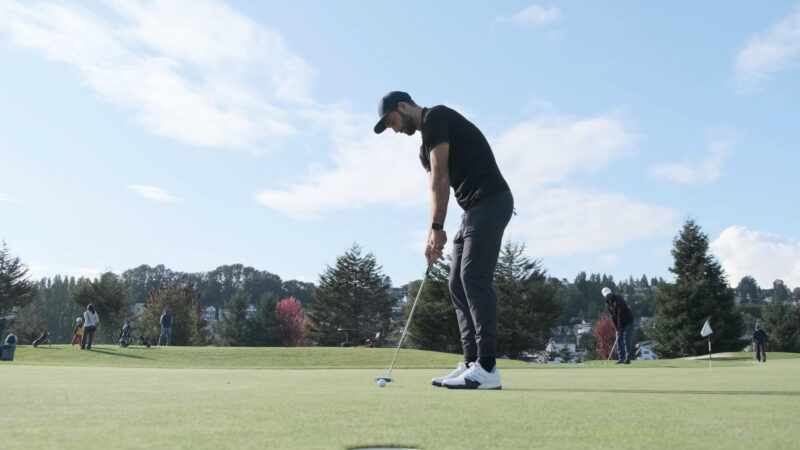
A golfer’s skill level significantly impacts how much they notice differences between new and used balls.
Higher Skill Levels
- Experienced golfers may be more sensitive to subtle differences.
- They might prefer new or specific models based on feel or control.
Beginner Players
- Less experienced players might not notice significant differences.
- They may benefit from using quality used balls without sacrificing much performance.
Types of Used Golf Balls
Used golf balls are typically classified based on their condition. Understanding these categories helps golfers make informed choices:
1. Mint Condition (Grade A)
- These balls look nearly new with minimal signs of wear.
- They often perform similarly to new balls in terms of distance and feel.
2. Good Condition (Grade B)
- These may have some scuffs or scratches but still deliver decent performance.
- They are suitable for recreational play without significant loss in quality.
3. Acceptable Condition (Grade C)
- These have noticeable wear but can still be effective for casual rounds.
- Players may use these for practice or less critical situations where top performance isn’t necessary.
Performance Testing
Golfers should consider conducting personal tests comparing distances achieved with various grades of used balls against new ones:
- Launch Monitors
- Using technology to measure swing speed, launch angle, spin rate, and carry distance provides objective data on performance differences.
- On-Course Testing
- During practice rounds, players can alternate between new and used balls to gauge any noticeable differences in feel and distance under real playing conditions.
The Role of Swing Mechanics
While the condition of the ball is crucial, golfers must also consider their swing mechanics when evaluating distance:
Swing Speed
A golfer’s swing speed directly affects how far a ball will travel:
- Higher swing speeds can compensate for some loss in ball performance due to wear.
- Players with slower swing speeds might notice more significant differences when using worn-out equipment.
Angle of Attack
The angle at which the club strikes the ball influences launch conditions:
- An optimal angle maximizes distance even with a used ball.
- Adjusting swing mechanics based on equipment condition can help mitigate potential losses in distance.
It’s important for your shot to maintain the grip on your golf club. On our blog, you can read more about regripping golf clubs
Tips for Buying Used Golf Balls
When considering purchasing used golf balls, keep these tips in mind:
1. Buy from Reputable Sources
Ensure you purchase from trusted retailers who grade their products accurately.
2. Check Return Policies
Look for sellers who offer return policies if you’re unsatisfied with your purchase.
3. Know Your Preferences
Understand your playing style; if you prefer softer feel or higher spin rates, choose accordingly even among used options.
4. Inspect Before Purchase
If possible, inspect physical conditions before buying; avoid purchasing blindly online unless you trust the seller’s grading system.
Last Words
In summary, while it is evident that some degradation occurs in used golf balls over time due to wear and environmental factors, many players find that high-quality used balls still perform comparably to new ones when properly maintained.

